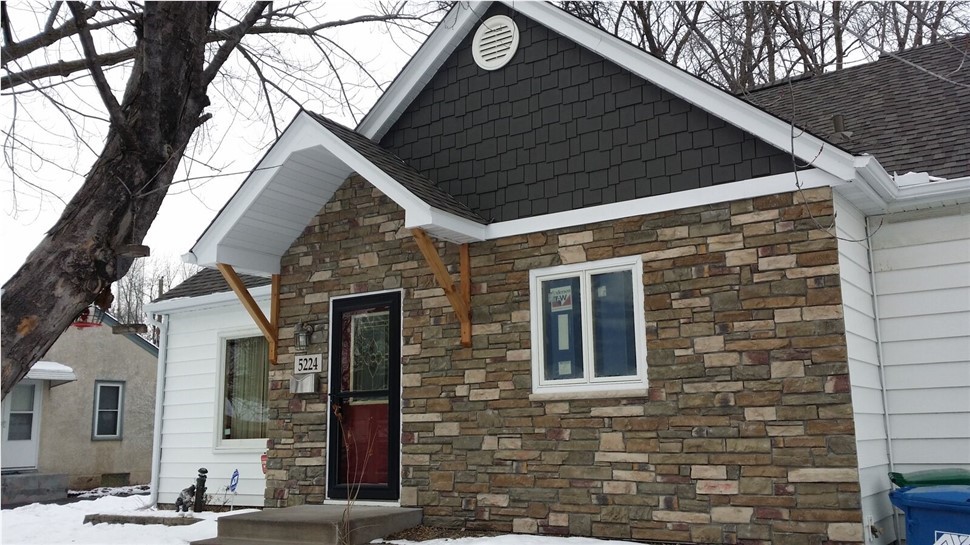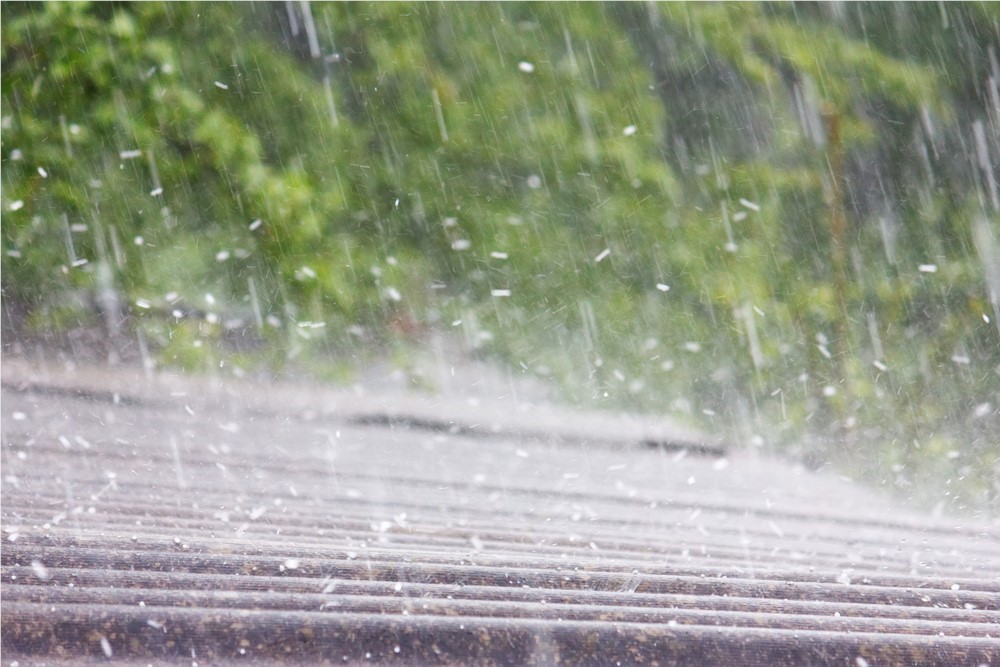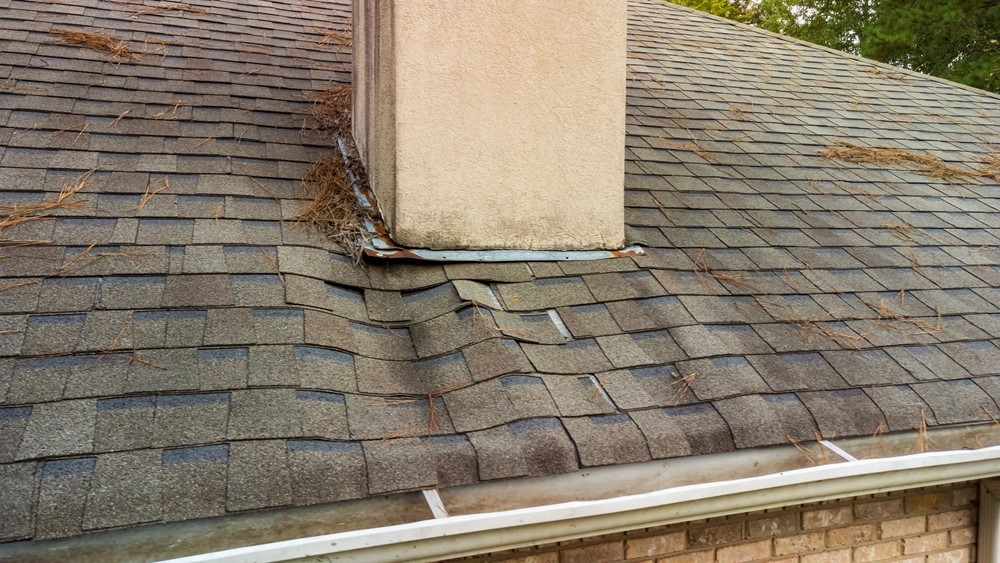About this time of year the temps begin to dip into the freezing zone. Here in the Minneapolis area it's clear winter is just around the corner, so some homeowners start wondering whether they should have had their roofs replaced this year.
Perhaps that's you, and what's held you back is your concern that a roof replacement is a complex process.Yes, it is a major home repair project, but we wanted to share what's involved so you've got a clearer picture of what it will take to install a new roof.
When age, weather, workmanship, or substandard materials have cause deterioration of an existing roof, it becomes a necessity to replace the roof. Due to this being an investment that is major, homeowners should have an understanding of the process of re-roofing so they are able to have a discussion about their roofing options with a roofing contractor that is qualified.
These steps include:- Picking roofing material. Look for affordable roofing material that is top quality, when choosing what type best suits your budget, architectural style of your home, and your area. Structural problems that are serious can happen to your home when inferior materials cause damage that was not noticed for several years.
- Does your old roof need to be torn off? Check to be sure included in the plans is having the old roof being stripped all the way down to the decking and an inspection for necessary repairs that need to be made. (Note: If you're having a metal roof installed, this step usually can be skipped.)
- Drip edge installation. After any structural repairs are finished, drip edge needs to be installed for prevention of backing up of water under the surface of the roof.
- Installation of ice and water shield. This is an important part of roofing replacement - it prevents moisture from seeping into the roof deck.
- Underlayment (most often roofing felt). Next, over the entire surface of the roof, an underlayment of quality needs to be installed.
- Diverters and metals flashings. These need to be placed at points that are critical - for instance, near chimneys. To ensure water does not seep underneath the edges, these have to be secured well with sealant.
- Vents. For protection of the re-roofing and attic ventilation that is continuous, ridge vents are installed. The look of your new roof is finished and ridge vents are protected by ridge caps.
- Cleanup. Finally, you want to be sure that the contractor you hired to do your roof will have the job site cleaned, landscape will be left intact, and no debris or nails will be in any of the surrounding areas. One of the best ways to do that is to hire a roofer who's certified as a New Roof No Mess roofing contractor.
For answers of all your roofing questions, call Quarve Contracting to talk to a MN roofing professional today!
Subscribe to Quarve Contracting's Blog







Comments